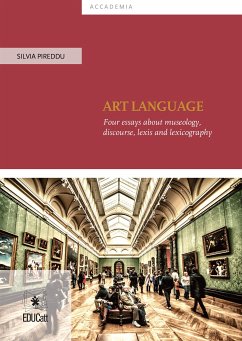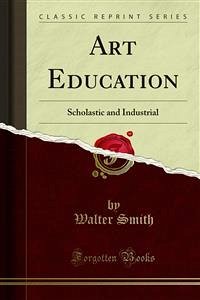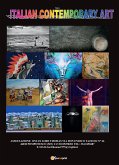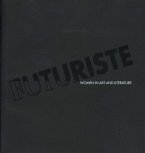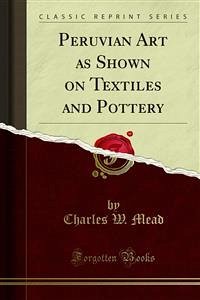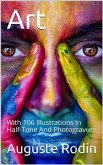Museum professionals have learned to accept the idea that a museum is discourse, and an exhibition an utterance within that discourse (Swales, 1990, 2016). Research is needed though, to describe more consistently the way in which texts are produced and how languages, English in particular, mediate contents to the new public. Studying museum communication is important to curators and professionals to improve accessibility and broaden the public, but the complexity of present day museums cannot reduce communication to a basic task to be performed on a budget. Text writing is a key activity that goes well beyond the creation of guides, panels and labels possibly translated in different languages (Ferguson, Greenberg, & Nairne, 2005; Katan 2012; 2016). A linguistic along with a semiotic approach to textuality is needed to describe museum genres and improve their effectiveness and usage in the context of the new media (Garzone, Poncini, Catenaccio, 2007; Lazzaretti, 2016; Kranmer 2016). Excerpted from the Preface of the Author
Bitte wählen Sie Ihr Anliegen aus.
Rechnungen
Retourenschein anfordern
Bestellstatus
Storno

